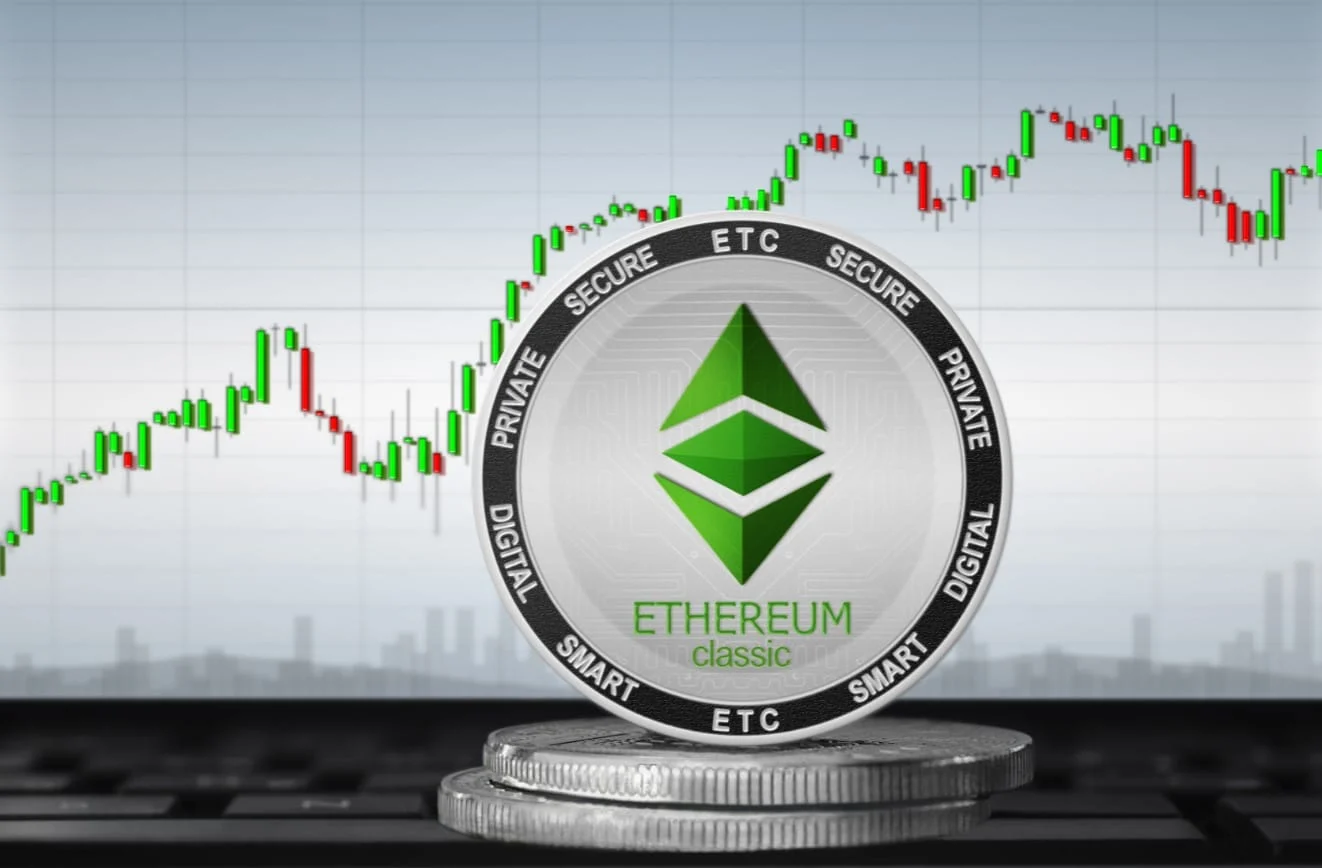on the crypto

On the first day of 2018, Ethereum traded at $772,35 per token. Since then, its value has dipped below $100, shot up above $4.500 and then dropped below $1.000 before recovering to recent levels above $1.500. This shows how digital assets have been able to post solid long-term gains, but where will Ethereum go?
Why Ethereum is going up
Momentum cannot be underestimated in the cryptocurrency market. One of the main reasons Ethereum and other tokens have gained value in recent years has been momentum trading on Bitcoin Revolution during the pandemic, which also correlated with higher values for growth stocks. It's no coincidence that these assets have risen and fallen together in recent years.
What is more sustainable in the long run is Ethereum's ability to create smart contracts, which has attracted a critical mass of developers and venture capital funding. Coinbase, MetaMask, and OpenSea are just a few companies working to make Ethereum more usable. A16Z estimates that by 2022 there will be 4.000 developers building on Ethereum, at least four times as many as on Bitcoin or Solana.
Not only are developers building on Ethereum, but the blockchain itself has also undergone some major changes.
From PoW to PoS and other updates
In September 2022, Ethereum completed an upgrade that changed the blockchain's consensus mechanism from proof-of-work (PoS) to proof-of-stake (PoS), reducing power consumption by approximately 99%. But there are more updates in store.
“The Surge” is expected to improve the scalability of the blockchain and Layer-2 crypto projects built on top of Ethereum, “The Verge” will introduce Verkle trees, “The Purge” will eliminate historical data and technical debt on the blockchain, and “The Splurge” will add various updates.
Once completed (and it could take many years), blockchain should be even faster, cheaper, and more user- and developer-friendly. This could be the start of the next bull run for Ethereum.
The competition is on the way
The bad news for Ethereum is that it is no longer the only player in town. Solana has a similar number of users and is a much faster and cheaper blockchain. This has attracted many non-fungible token (NFT) developers and projects, as well as decentralized financial platforms.
There are many other blockchains that have seen the strengths and weaknesses of Ethereum and have tried to improve on them. The cost challenge will continue to be the pain point of Ethereum for the foreseeable future. Regular Ethereum transactions cost several dollars, making the blockchain unusable for small financial transactions or even the purchase of cheap NFTs.
This will be the biggest challenge for the future of Ethereum. Developers need to make the blockchain faster and cheaper, and we've seen Ethereum upgrades take a long time.
A profitable investment
As of this writing, Ethereum is trading at $1.552,26, meaning a $1.000 investment in the cryptocurrency in early 2018 would be worth $2.009,76 today. The ride has been wild, but it has been a profitable investment over the past five years. If updates happen quickly and blockchain adoption grows, the next five years could be lucrative as well.
